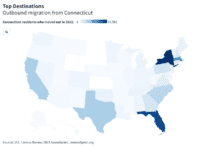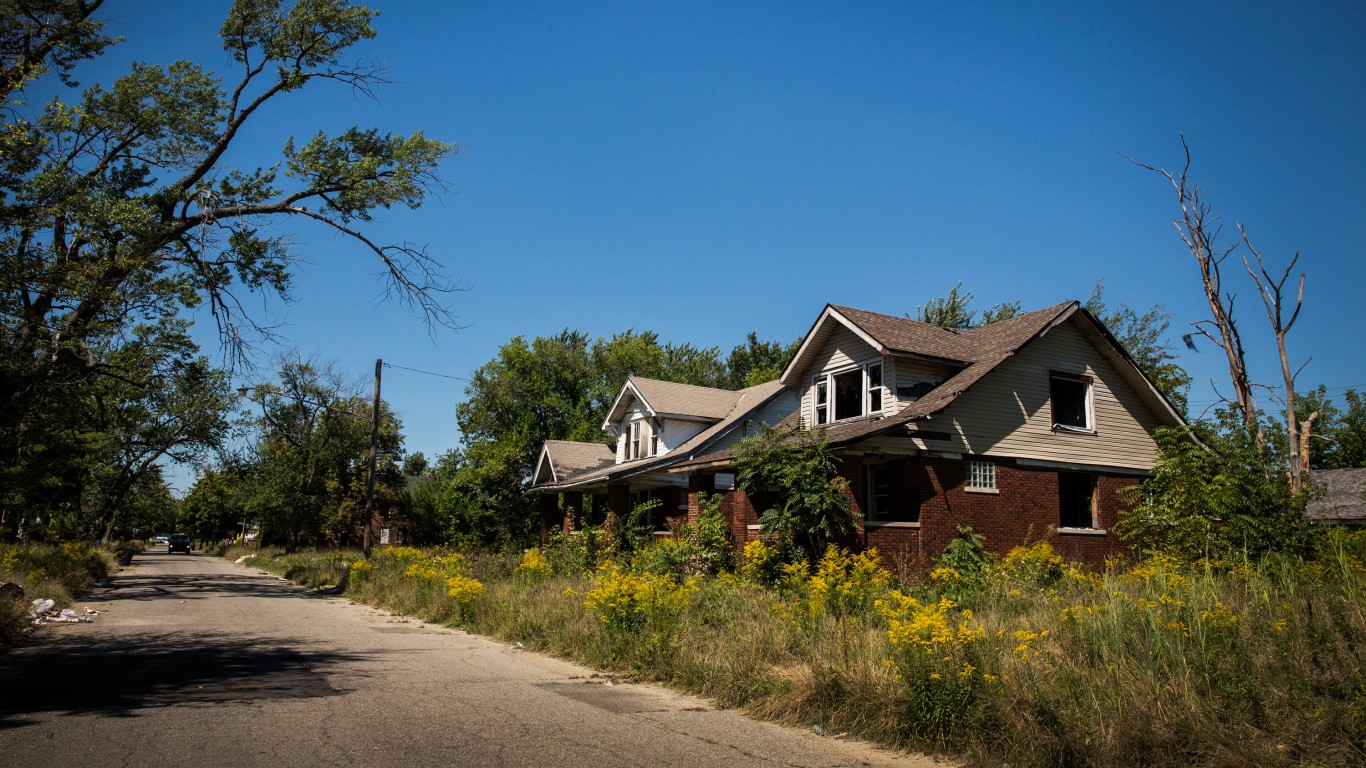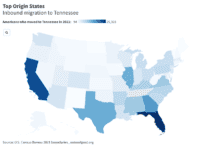
Inflation is surging in the United States – in large part because of rising food prices. In cities across the country, food today is 8% more expensive on average than it was a year ago, and American families are feeling the pinch.
According to the Economic Policy Institute, a nonprofit think tank, a family of four – two adults and two children – can expect to pay an estimated $9,835 on food in 2022. This amount varies across the country, however. In some states food costs are far lower than the national average, while in others, families are paying thousands more. Here is a look at the countries with the most and least affordable groceries.
Using data from the EPI’s Family Budget Calculator, 24/7 Wall St. identified the states where families pay the most for food. States are ranked on estimated food expenditure in 2022, assuming a nutritionally adequate diet for two adults and two children where almost all food is bought at a grocery store and prepared at home.
Depending on the state, food costs for a family of four range from less than $9,000 a year to well over $11,000. Most of the states with the highest food costs are in the Northeast, while the states with the lowest food cost estimates are concentrated in the Midwest. This variation in cost is partially a reflection of what residents can afford, as states with higher food costs also often have higher than average family incomes, and vice-versa. Here is a look at the income needed to be middle class in each state.
It is important to note that food costs do not vary as much from state to state as income does, and partially as a result, families in states with relatively high food prices are not necessarily more likely to receive government assistance to afford groceries in the form of SNAP benefits or Food Stamps. Additionally, families in states with high food costs are typically less likely to experience food insecurity – defined as not always being able to afford or otherwise access well-balanced meals – suggesting that higher incomes offset high food costs.
Click here to see the States where families pay the most for food
Click here to read our detailed methodology

50. Kentucky
> Est. annual food costs: $8,527
> Median family income: $65,893 (6th lowest)
> Food Stamp recipiency rate: 13.6% (11th highest)
> Food insecurity rate: 5.6% (21st lowest)
[in-text-ad]
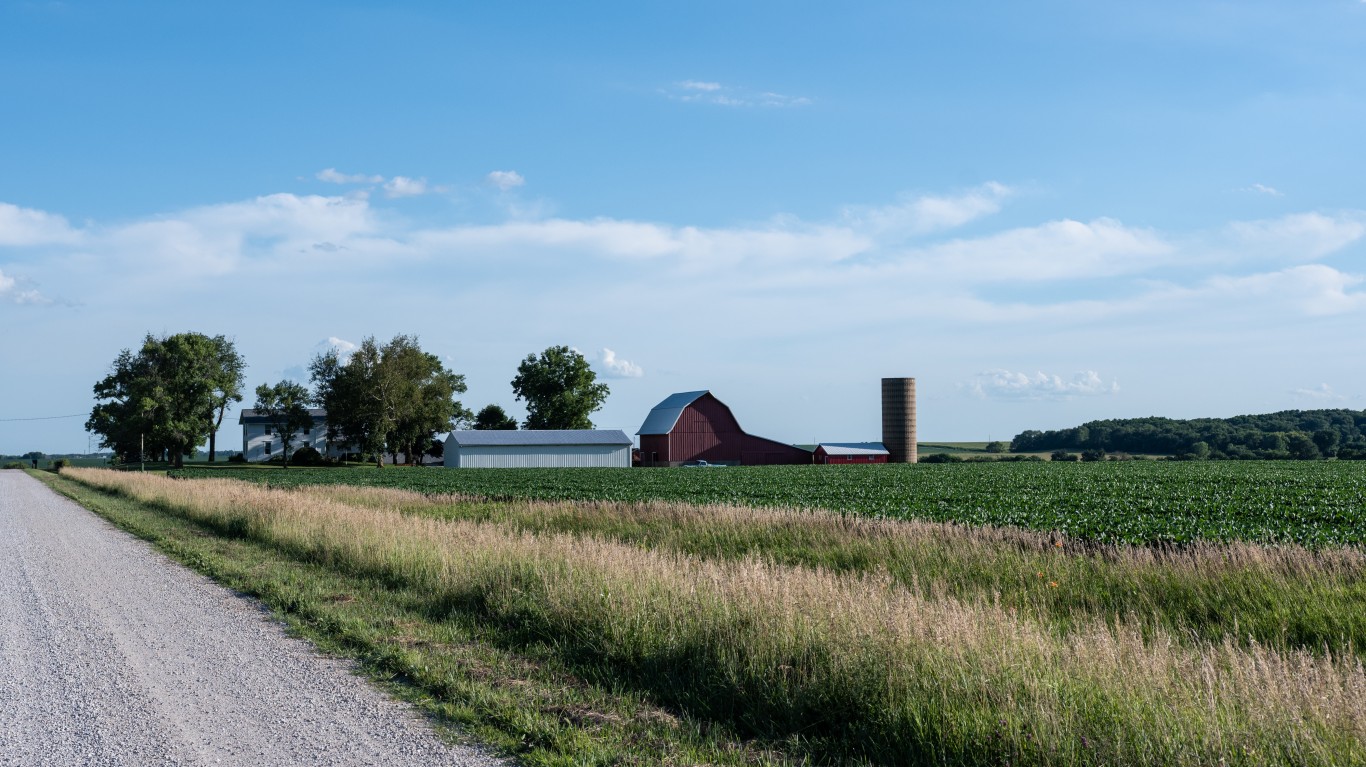
49. Indiana
> Est. annual food costs: $8,544
> Median family income: $73,265 (16th lowest)
> Food Stamp recipiency rate: 9.8% (12th lowest)
> Food insecurity rate: 6.9% (21st highest)

48. West Virginia
> Est. annual food costs: $8,634
> Median family income: $61,707 (2nd lowest)
> Food Stamp recipiency rate: 17.1% (2nd highest)
> Food insecurity rate: 6.6% (25th highest)

47. Texas
> Est. annual food costs: $8,660
> Median family income: $76,073 (22nd lowest)
> Food Stamp recipiency rate: 12.1% (25th highest)
> Food insecurity rate: 8.7% (10th highest)
[in-text-ad-2]

46. Arkansas
> Est. annual food costs: $8,838
> Median family income: $62,067 (3rd lowest)
> Food Stamp recipiency rate: 12.2% (24th highest)
> Food insecurity rate: 8.7% (8th highest)
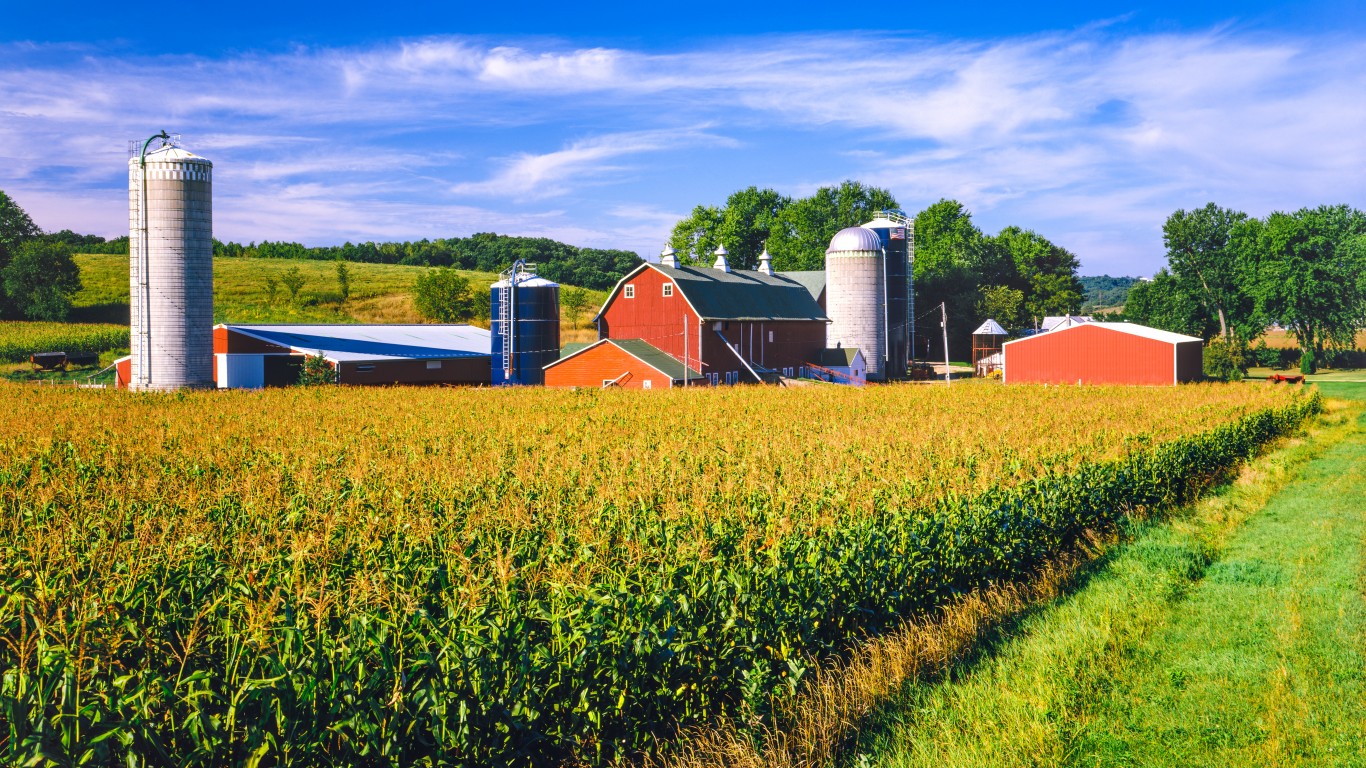
45. Iowa
> Est. annual food costs: $8,885
> Median family income: $79,186 (25th highest)
> Food Stamp recipiency rate: 10.6% (16th lowest)
> Food insecurity rate: 5.6% (20th lowest)
[in-text-ad]

44. Ohio
> Est. annual food costs: $8,904
> Median family income: $74,391 (20th lowest)
> Food Stamp recipiency rate: 13.3% (15th highest)
> Food insecurity rate: 6.8% (23rd highest)

43. Michigan
> Est. annual food costs: $9,058
> Median family income: $75,470 (21st lowest)
> Food Stamp recipiency rate: 13.5% (12th highest)
> Food insecurity rate: 6.3% (25th lowest)

42. Wisconsin
> Est. annual food costs: $9,058
> Median family income: $80,844 (22nd highest)
> Food Stamp recipiency rate: 10.9% (18th lowest)
> Food insecurity rate: 4.8% (14th lowest)
[in-text-ad-2]

41. Nebraska
> Est. annual food costs: $9,081
> Median family income: $80,125 (24th highest)
> Food Stamp recipiency rate: 8.7% (9th lowest)
> Food insecurity rate: 5.6% (23rd lowest)
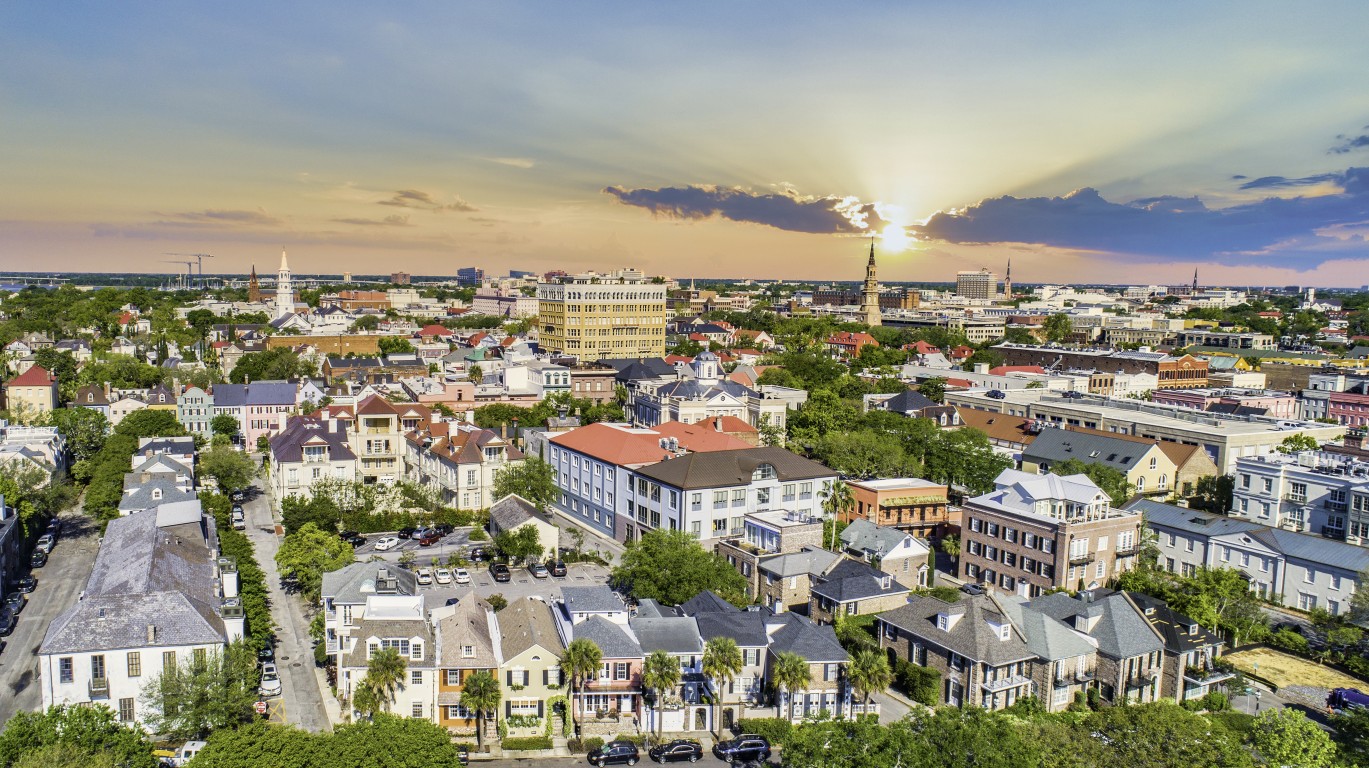
40. South Carolina
> Est. annual food costs: $9,086
> Median family income: $68,813 (10th lowest)
> Food Stamp recipiency rate: 11.7% (23rd lowest)
> Food insecurity rate: 9.1% (6th highest)
[in-text-ad]

39. Missouri
> Est. annual food costs: $9,104
> Median family income: $72,834 (15th lowest)
> Food Stamp recipiency rate: 11.1% (19th lowest)
> Food insecurity rate: 6.8% (22nd highest)

38. Oklahoma
> Est. annual food costs: $9,223
> Median family income: $67,511 (8th lowest)
> Food Stamp recipiency rate: 13.4% (14th highest)
> Food insecurity rate: 8.6% (11th highest)

37. Utah
> Est. annual food costs: $9,239
> Median family income: $84,590 (18th highest)
> Food Stamp recipiency rate: 6.9% (2nd lowest)
> Food insecurity rate: 5.8% (24th lowest)
[in-text-ad-2]

36. North Carolina
> Est. annual food costs: $9,267
> Median family income: $70,978 (13th lowest)
> Food Stamp recipiency rate: 12.5% (22nd highest)
> Food insecurity rate: 6.7% (24th highest)

35. Illinois
> Est. annual food costs: $9,274
> Median family income: $86,251 (16th highest)
> Food Stamp recipiency rate: 13.1% (16th highest)
> Food insecurity rate: 4.5% (10th lowest)
[in-text-ad]

34. New Mexico
> Est. annual food costs: $9,297
> Median family income: $62,611 (4th lowest)
> Food Stamp recipiency rate: 17.7% (the highest)
> Food insecurity rate: 14.0% (the highest)
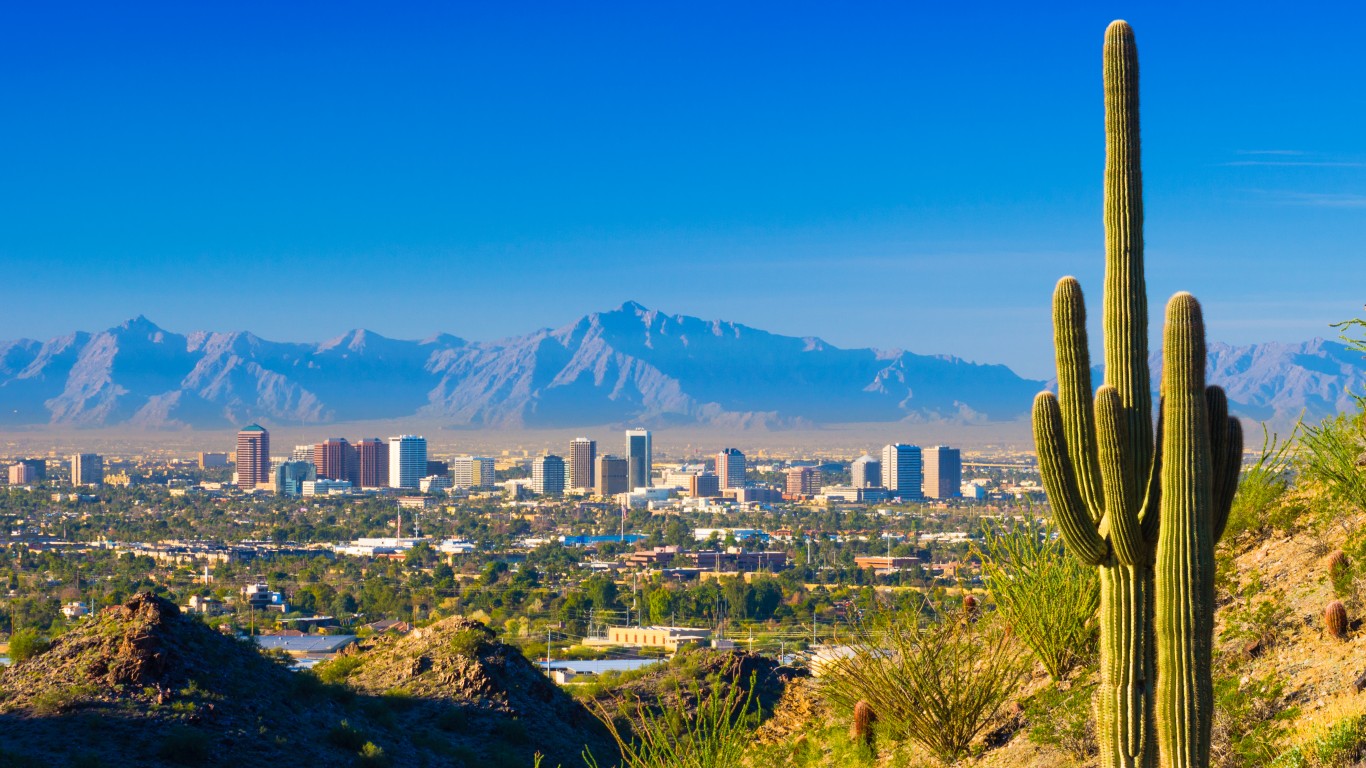
33. Arizona
> Est. annual food costs: $9,338
> Median family income: $73,456 (17th lowest)
> Food Stamp recipiency rate: 11.2% (20th lowest)
> Food insecurity rate: 7.5% (16th highest)

32. Kansas
> Est. annual food costs: $9,341
> Median family income: $77,620 (25th lowest)
> Food Stamp recipiency rate: 7.8% (5th lowest)
> Food insecurity rate: 8.3% (14th highest)
[in-text-ad-2]

31. Mississippi
> Est. annual food costs: $9,350
> Median family income: $58,923 (the lowest)
> Food Stamp recipiency rate: 15.2% (7th highest)
> Food insecurity rate: 10.7% (2nd highest)

30. Alaska
> Est. annual food costs: $9,419
> Median family income: $92,648 (10th highest)
> Food Stamp recipiency rate: 12.9% (18th highest)
> Food insecurity rate: 9.2% (5th highest)
[in-text-ad]

29. Georgia
> Est. annual food costs: $9,507
> Median family income: $74,127 (19th lowest)
> Food Stamp recipiency rate: 12.8% (19th highest)
> Food insecurity rate: 9.0% (7th highest)

28. South Dakota
> Est. annual food costs: $9,546
> Median family income: $77,042 (24th lowest)
> Food Stamp recipiency rate: 9.5% (11th lowest)
> Food insecurity rate: 10.5% (3rd highest)

27. Tennessee
> Est. annual food costs: $9,595
> Median family income: $68,793 (9th lowest)
> Food Stamp recipiency rate: 13.1% (17th highest)
> Food insecurity rate: 8.5% (12th highest)
[in-text-ad-2]

26. Alabama
> Est. annual food costs: $9,631
> Median family income: $66,772 (7th lowest)
> Food Stamp recipiency rate: 13.7% (10th highest)
> Food insecurity rate: 7.9% (15th highest)

25. Louisiana
> Est. annual food costs: $9,748
> Median family income: $65,427 (5th lowest)
> Food Stamp recipiency rate: 15.8% (5th highest)
> Food insecurity rate: 9.5% (4th highest)
[in-text-ad]

24. Montana
> Est. annual food costs: $9,782
> Median family income: $72,773 (14th lowest)
> Food Stamp recipiency rate: 10.1% (14th lowest)
> Food insecurity rate: 8.3% (13th highest)

23. Idaho
> Est. annual food costs: $9,786
> Median family income: $70,885 (12th lowest)
> Food Stamp recipiency rate: 10.0% (13th lowest)
> Food insecurity rate: 7.1% (18th highest)

22. North Dakota
> Est. annual food costs: $9,824
> Median family income: $86,798 (15th highest)
> Food Stamp recipiency rate: 7.3% (3rd lowest)
> Food insecurity rate: 7.0% (19th highest)
[in-text-ad-2]

21. Pennsylvania
> Est. annual food costs: $9,903
> Median family income: $80,996 (21st highest)
> Food Stamp recipiency rate: 13.9% (8th highest)
> Food insecurity rate: 4.6% (11th lowest)
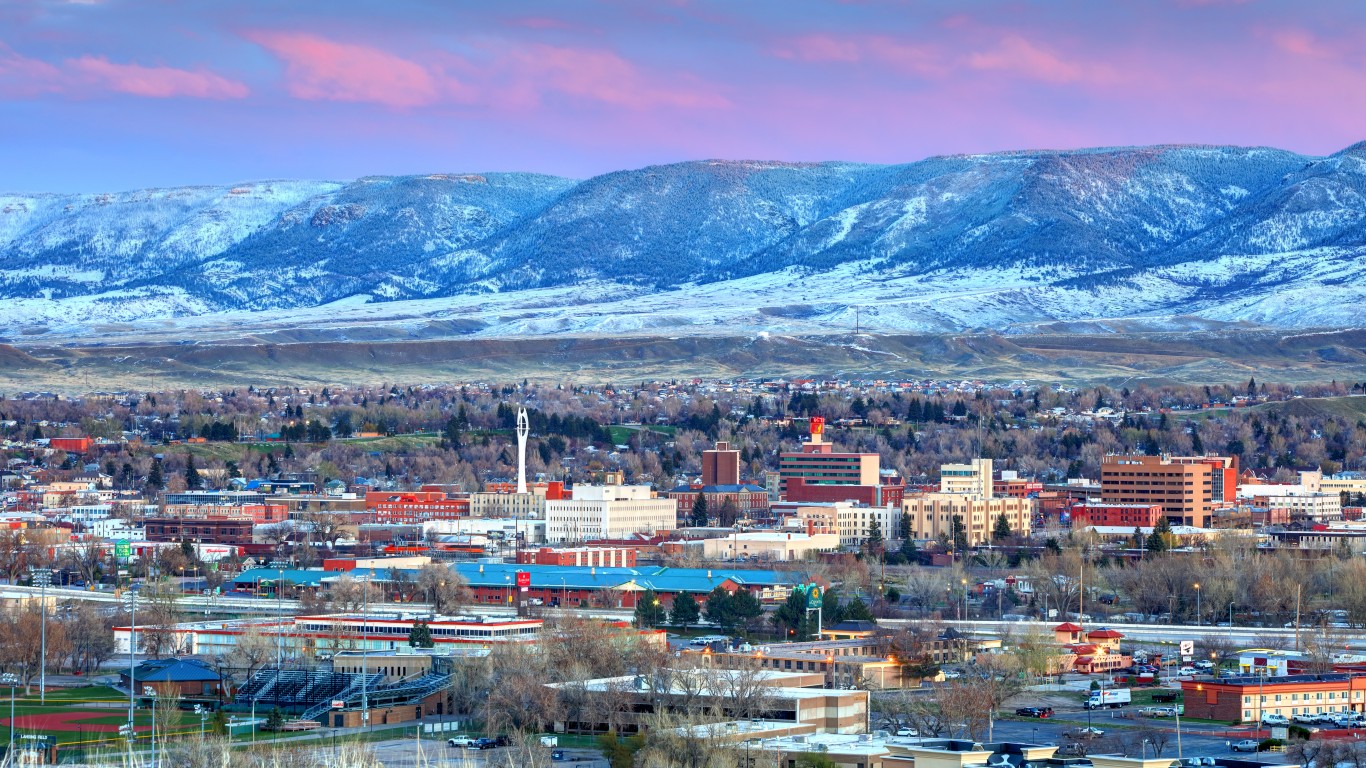
20. Wyoming
> Est. annual food costs: $9,917
> Median family income: $81,290 (20th highest)
> Food Stamp recipiency rate: 5.9% (the lowest)
> Food insecurity rate: 8.7% (9th highest)
[in-text-ad]

19. Minnesota
> Est. annual food costs: $9,936
> Median family income: $92,692 (9th highest)
> Food Stamp recipiency rate: 8.4% (7th lowest)
> Food insecurity rate: 5.6% (22nd lowest)

18. Nevada
> Est. annual food costs: $9,990
> Median family income: $74,077 (18th lowest)
> Food Stamp recipiency rate: 12.7% (20th highest)
> Food insecurity rate: 5.4% (16th lowest)

17. Virginia
> Est. annual food costs: $10,064
> Median family income: $93,284 (7th highest)
> Food Stamp recipiency rate: 8.5% (8th lowest)
> Food insecurity rate: 4.3% (8th lowest)
[in-text-ad-2]

16. Delaware
> Est. annual food costs: $10,169
> Median family income: $84,825 (17th highest)
> Food Stamp recipiency rate: 11.5% (22nd lowest)
> Food insecurity rate: 4.7% (12th lowest)

15. Oregon
> Est. annual food costs: $10,175
> Median family income: $80,630 (23rd highest)
> Food Stamp recipiency rate: 16.0% (3rd highest)
> Food insecurity rate: 5.4% (17th lowest)
[in-text-ad]

14. Maryland
> Est. annual food costs: $10,293
> Median family income: $105,790 (2nd highest)
> Food Stamp recipiency rate: 10.8% (17th lowest)
> Food insecurity rate: 3.4% (4th lowest)
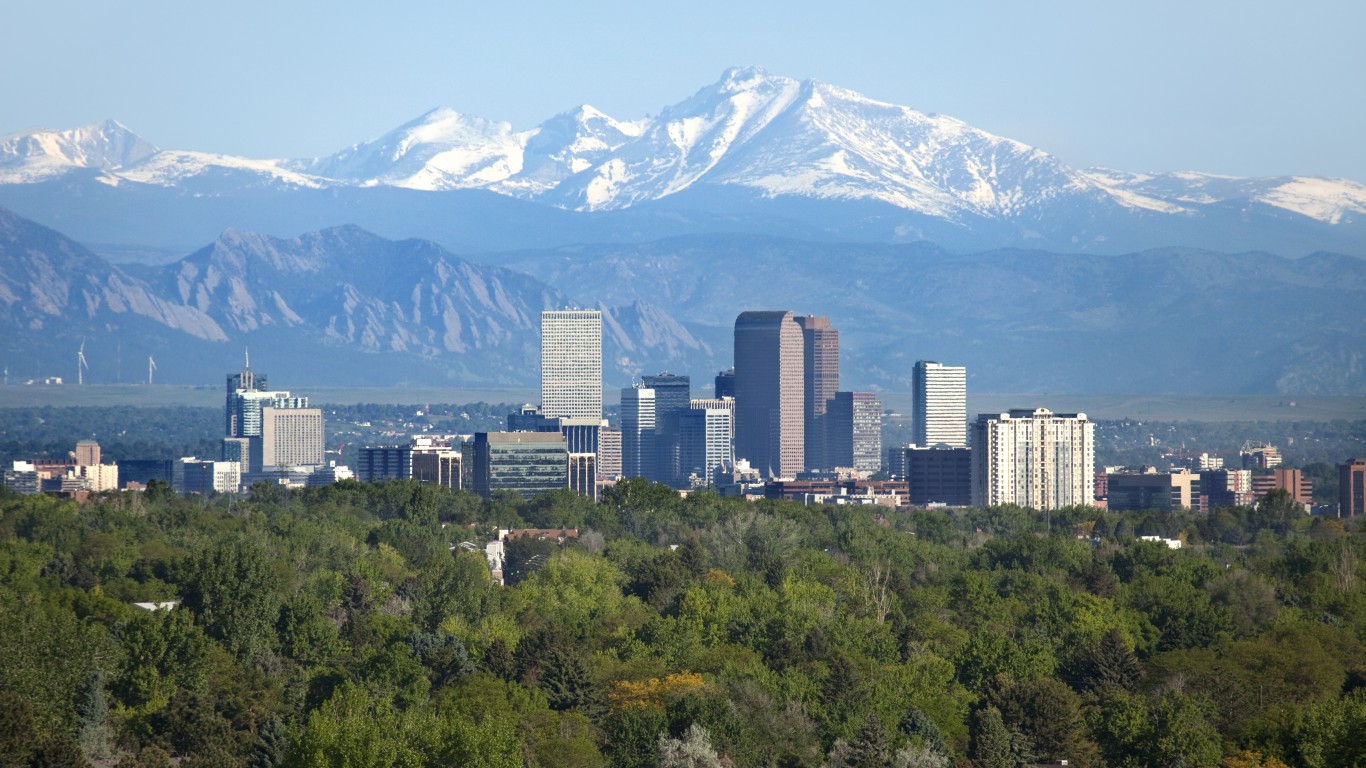
13. Colorado
> Est. annual food costs: $10,384
> Median family income: $92,752 (8th highest)
> Food Stamp recipiency rate: 8.0% (6th lowest)
> Food insecurity rate: 5.5% (18th lowest)

12. Florida
> Est. annual food costs: $10,385
> Median family income: $69,670 (11th lowest)
> Food Stamp recipiency rate: 13.9% (9th highest)
> Food insecurity rate: 7.2% (17th highest)
[in-text-ad-2]

11. Washington
> Est. annual food costs: $10,525
> Median family income: $92,422 (11th highest)
> Food Stamp recipiency rate: 12.0% (25th lowest)
> Food insecurity rate: 5.5% (19th lowest)

10. California
> Est. annual food costs: $10,543
> Median family income: $89,798 (12th highest)
> Food Stamp recipiency rate: 10.2% (15th lowest)
> Food insecurity rate: 3.3% (2nd lowest)
[in-text-ad]
9. New Jersey
> Est. annual food costs: $10,750
> Median family income: $104,804 (3rd highest)
> Food Stamp recipiency rate: 9.1% (10th lowest)
> Food insecurity rate: 3.6% (5th lowest)

8. New Hampshire
> Est. annual food costs: $10,832
> Median family income: $97,001 (6th highest)
> Food Stamp recipiency rate: 7.4% (4th lowest)
> Food insecurity rate: 5.0% (15th lowest)

7. Rhode Island
> Est. annual food costs: $10,834
> Median family income: $89,330 (13th highest)
> Food Stamp recipiency rate: 15.9% (4th highest)
> Food insecurity rate: 4.7% (13th lowest)
[in-text-ad-2]

6. Connecticut
> Est. annual food costs: $10,910
> Median family income: $102,061 (4th highest)
> Food Stamp recipiency rate: 12.4% (23rd highest)
> Food insecurity rate: 4.3% (9th lowest)
5. New York
> Est. annual food costs: $11,180
> Median family income: $87,270 (14th highest)
> Food Stamp recipiency rate: 15.2% (6th highest)
> Food insecurity rate: 2.3% (the lowest)
[in-text-ad]

4. Vermont
> Est. annual food costs: $11,430
> Median family income: $83,023 (19th highest)
> Food Stamp recipiency rate: 11.5% (21st lowest)
> Food insecurity rate: 3.3% (3rd lowest)

3. Maine
> Est. annual food costs: $11,480
> Median family income: $76,192 (23rd lowest)
> Food Stamp recipiency rate: 13.5% (13th highest)
> Food insecurity rate: 3.8% (6th lowest)

2. Massachusetts
> Est. annual food costs: $11,674
> Median family income: $106,526 (the highest)
> Food Stamp recipiency rate: 12.5% (21st highest)
> Food insecurity rate: 4.1% (7th lowest)
[in-text-ad-2]

1. Hawaii
> Est. annual food costs: $14,042
> Median family income: $97,813 (5th highest)
> Food Stamp recipiency rate: 11.8% (24th lowest)
> Food insecurity rate: 6.9% (20th highest)
Methodology
To determine the states with the highest food costs for a family of four, 24/7 Wall St. reviewed data from the Economic Policy Institute’s 2022 Family Budget Calculator.
In the Family Budget Calculator, the EPI estimates the annual food budget necessary for families to maintain a modest yet adequate diet. The budgets are created for 10 family types for U.S. counties and metro areas. A family of four is defined by the EPI as a married couple living with their two children, and the two children are assumed to be a 4-year-old and an 8-year-old. Food cost estimates assume that almost all food is purchased at a grocery store and prepared at home.
State-level food cost estimates are aggregated from the county level using five-year estimates of total households from the U.S. Census Bureau’s 2020 American Community Survey.
States are ranked based on the EPI’s annual food cost estimates. Data on the food insecurity rate – or the share of the population that lacks adequate access to food – is from the Robert Wood Johnson Foundation and the University of Wisconsin Population Health Institute joint program’s 2021 County Health Rankings & Roadmaps report.
Additional information on median family income and the share of households that receive benefits from the Supplemental Nutrition Assistance Program – formerly known as food stamps – are from the U.S. Census Bureau’s 2020 American Community Survey. Because the Census Bureau did not release one-year estimates for 2020 due to data collection issues caused by the COVID-19 pandemic, all ACS data are five-year estimates.
Cash Back Credit Cards Have Never Been This Good
Credit card companies are at war, handing out free rewards and benefits to win the best customers. A good cash back card can be worth thousands of dollars a year in free money, not to mention other perks like travel, insurance, and access to fancy lounges. See our top picks for the best credit cards today. You won’t want to miss some of these offers.
Flywheel Publishing has partnered with CardRatings for our coverage of credit card products. Flywheel Publishing and CardRatings may receive a commission from card issuers.
Thank you for reading! Have some feedback for us?
Contact the 24/7 Wall St. editorial team.
 24/7 Wall St.
24/7 Wall St. 24/7 Wall St.
24/7 Wall St.

